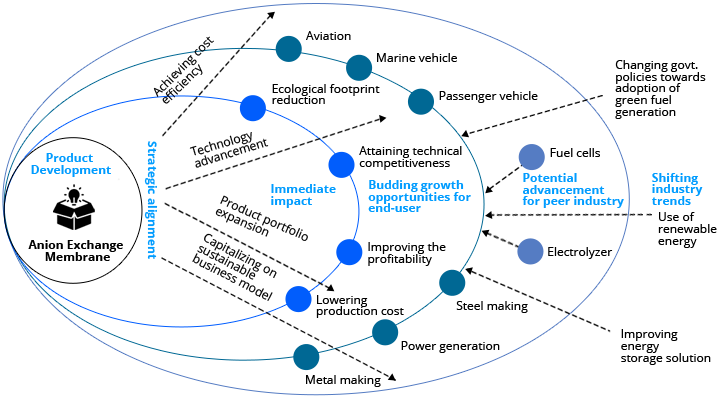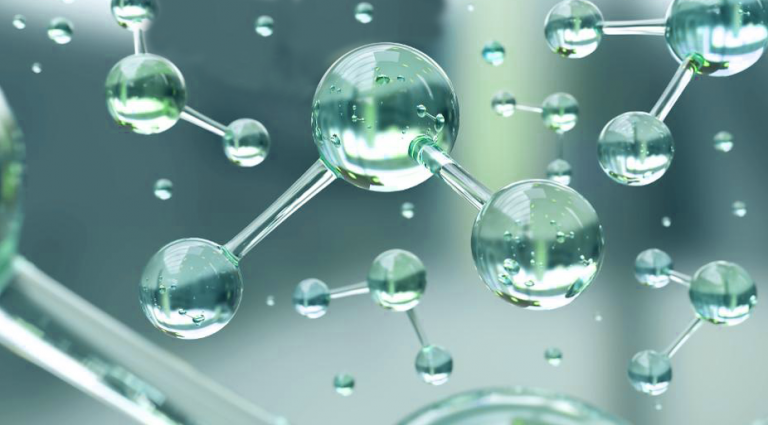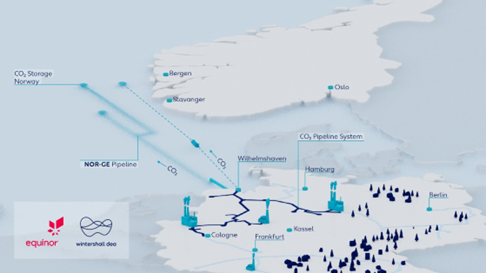In the industry news, IeB showcases its analytical viewpoint on development in the market that is in strategic alignment with a company’s future growth initiatives. It entails a holistic impact across the organization, its end-users, and peer industry participants. Furthermore, it will also represent the shifting trends across the industry ecosystem.
Strategic Development
Evonik Industries, a leader in the specialty chemical business developed a novel anion exchange membrane (AEM) which intends to be a breakthrough in electrolytic production of green hydrogen. It is an indication of hope for energy transition, as a carbon-free fuel for the transportation and industrial sector.

Strategic Alignment
AEM which is a fundamental technology to generate green hydrogen fuel with a reduced ecological footprint and lower investment cost is in line with the company’s sustainable strategic goals. The company’s Sustainability Strategy 2020+ focuses on ambitious environmental targets with an intention to translate sustainability into profitability and therefore Evonik is engaged in offering its customers resource-saving and energy-efficient solutions.
However, hydrogen production is responsible for roughly 830 million tons of CO2 per year. Therefore, there is an alternative non-polluting green hydrogen which is produced by the electrolysis of water. This process is carbon emission-free and therefore it is anticipated that the membrane technology developed by Evonik showcases a higher growth potential in the market. Also, the project pipeline for 12 times larger capacity installation to support green hydrogen market growth by 2025.
Immediate Impact
The innovative AEM technology is highly cost-efficient owing to reduced investment costs as cells used for electrolysis in alkaline conditions do not require precious metals as required in conventional processes. Some other beneficial attributes of AEM electrolysis are high current density, good flexibility, and high efficiency. With this key development, Evonik has not just expanded its product offerings but has subsequently led to a technological upgrade, thereby leading to a competitive edge in the market.
Budding Growth Opportunities for End-Users
The new membrane technology i.e. AEM offers ample growth potential to the transport sector including aviation, the maritime industry, material handling vehicles, buses, and passenger cars. Additionally, it offers great future potential for electricity generation and domestic uses for buildings with low space heating requirements.
The major advantage of hydrogen is that it burns clean and leaves only water vapors behind. For industries that require high-temperature conditions in the process, for instance, foundry, steel, glass, etc. green hydrogen fuel could be a game changer in the market.
Potential Advancements for Peer Markets
AEM development is expected to fuel the fuel cell industry as hydrogen is used through fuel cells across different domains. For instance, hydrogen is used in fuel cells to generate power using a chemical reaction rather than combustion, producing only water and heat as by-products. Furthermore, in the aviation sector, hydrogen-powered fuel cells are regarded as the energy provider for aircraft. The fuel cell modules supply electricity to the aircraft’s electrical system. With the growing demand for carbon-free green hydrogen fuel in the market, there will be a subsequent positive impact on its peer industry i.e. fuel cells in the coming years.
Shifting Industry Trends
Currently, reliable and cheap fossil fuels power industries and fuel the transportation sector. In order to preserve fossil fuel resources, there is a need to bring three key elements: electrification, renewable energy, and energy storage for a complete energy transition in the industrial sector.
Conventional hydrogen has been responsible for gradually replacing all the current fossil fuels used in the industrial domain. Growing demand for hydrogen along with policies supporting investment in hydrogen technologies is expected to trigger its demand in the industrial sector. According to the International Energy Agency (IEA), hydrogen demand has grown steadily over the past 50 years to around 70 million tonnes as recorded in 2018.



